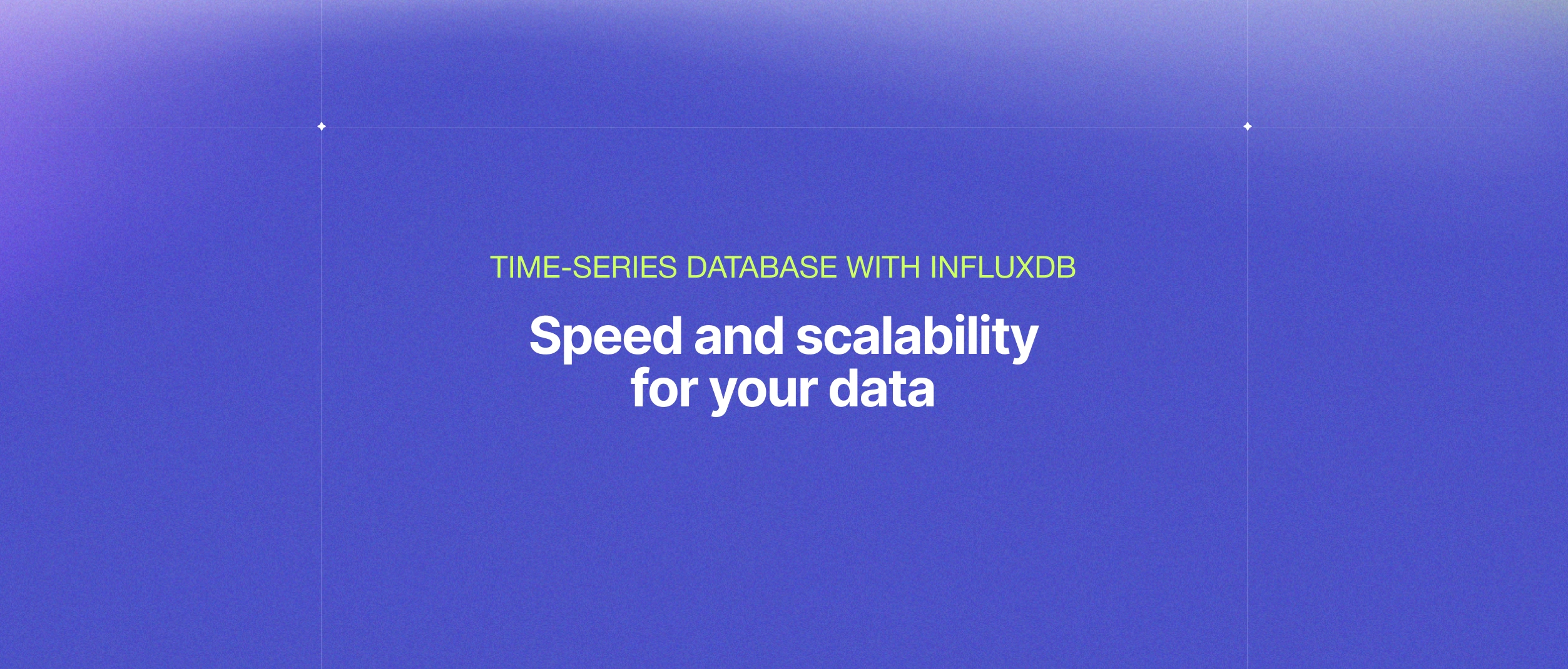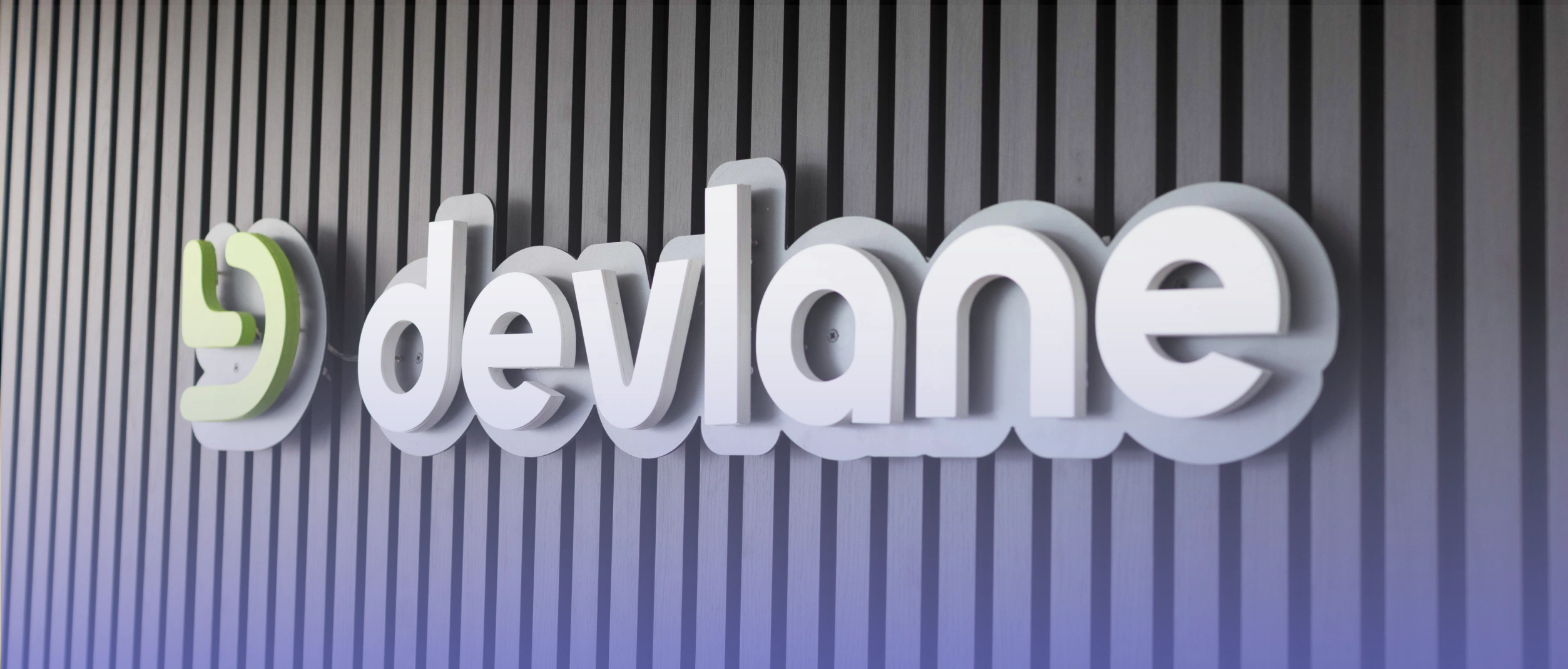Time-series database with InfluxDB

What would you do if your app went viral, and out of nowhere, you started receiving millions of new users flooding servers with data packets that never ended? How would you handle that amount of information? But not just quantity but constant data flows. Can a traditional database support, process, and provide such a data flow?
This is where time series databases, historically known as data historians, come into play. They are designed to manage these seemingly endless streams of data in a highly optimized way. The goal of time series databases is to provide developers with tools to manage data flow from, for example, highly interactive websites or Internet-connected wearable devices that generate thousands of data per second. In addition, they seek to provide fast query algorithms (in some cases in real-time) to perform statistical analysis, sampling, and storage, which makes them extremely useful for IoT devices whose popularity and use are growing rapidly. Time-series databases allow us to optimally store and provide time-series data using time-value pairs and provide means to analyze this data efficiently. This is useful in several fields mentioned above, being widely used in industrial applications and becoming more popular with the growth of IoT devices.
Is a time-series database a real-time database?
Not necessarily. A real-time database is a database engine that can deliver data immediately after collection (Real-time data), meaning there is no delay in the timeliness of the information provided. This type of Database engine can provide data to be processed using real-time computing, and it can also store the data for later or offline data analysis. It relies on real-time processing to handle dynamic workloads, differing from traditional databases containing persistent data, primarily unaffected by time. Real-time processing means that the database engine must be fast enough to process a transaction for the result to return and be acted on immediately. This database is helpful in many ways, processing data that we use in our everyday life without noticing; accounting, banking, stock markets, tracking information, medical records, multimedia, process control, data analysis, etc. So, time series databases are not necessarily real-time. They are not designed for that purpose, although there are databases that store data in the form of time series and provide access to its content in real-time. But, well, that is a story for another time..
So, what is InfluxDB, and what is it useful for?
InfluxDB is a Time Series Database Management System (TSDB), and its main use, among other things, is to store and evaluate data from sensors or protocols with time stamps for a given period. It is prepared to support millions of data sets, which is very useful for IoT devices, scientific measurement instruments, or sensors, which generate a continuous and constant flow of data. These data are processed quickly upon reaching the database.
Developed by InfluxData in Golang, InfluxDB is open-source software and can be used for free, although it also has its enterprise solutions, including maintenance contracts and unique access controls for commercial clients, as well as being able to be installed on-premise. It has a programming and query language called Flux, a standalone language allowing you to write scripts and queries for time series databases. Flux was built optimally for the database ETL process, and its syntax is JavaScript-based, making it easy to learn and flexible to use. InfluxDB, through Flux, provides compatibility with different data sources using APIs, allowing easy work with data analysis tools and integration in Big Data environments.
But why are time series databases so good?
Time series databases are great because they are designed and optimized to handle data that is always associated with a specific point in time or uses a timestamp. This allows for chronological analysis of events over time from any data source. In addition, time series databases can classify large and complex amounts of data, making it more accessible and faster to query than a traditional database. They can also help monitor information in real-time, predict and prevent future problems, and reveal historical trends. Many data sources can be used for time series if the data is associated with a specific point in time or uses a timestamp.
Some examples of time series data sources are:
- Stock quotes are captured over time to spot trends.
- Server performance includes CPU usage, I/O load, memory usage, and network bandwidth consumption.
- Telemetry data from industrial equipment sensors can indicate pending equipment failures and trigger alert notifications.
- Sensor data, network data, and click rates.
- Market trading data, event data, and dynamic assets.
- Different types of analysis can be done with time series data, depending on the objective pursued.
Some of them are:
Descriptive analysis: consists of understanding the characteristics of the series, such as its trend, seasonality, cycles, and noise1.
Explanatory or inferential analysis: consists of finding the causes that explain the behavior of the series, such as external factors or relationships with other series2.
Predictive analysis: consists of estimating the future value of the series using statistical models or machine learning3.
Prescriptive analysis: suggests optimal actions to optimize some objective related to the series, such as maximizing benefits or minimizing costs.
Conclusion
InfluxDB has several advantages for analyzing time series data, such as:
- High performance for highly ingested time series data and real-time queries.
- InfluxQL and Flux for interacting with data are query languages similar to SQL.
- The main component of the TICK stack (Telegraf, InfluxDB, Chronograf, and Kapacitor) offers a complete solution for data monitoring and analysis.
- Plugin support for data ingestion protocols like collected, Graphite, and OpenTSDB.
- Availability as a fully customizable cloud service with a web-based user interface.
In short, InfluxDB is a time series data platform that enables developers to build time-based applications quickly and at scale. InfluxDB can collect, store and analyze data with high ingestion capacity and performance. InfluxDB offers a single API, tools, and integrations to facilitate development and interoperability with other ecosystems. InfluxDB can be run in the cloud or on your infrastructure with InfluxDB Enterprise.
Other Blog Posts

What 2025 meant for Devlane: A year of growth and innovation







